Maalox Plus 200 / 200 / 25 mg (?Aluminium hydroxide?+?Magnesium hydroxide +?Simeticone ) 40 chewable tablets
1. Name of the medicinal product
Maalox Plus Tablets
?
2. Qualitative and quantitative composition
Aluminium hydroxide gel (dried)
200mg
Magnesium hydroxide
200mg
Simeticone
25mg
?
3. Pharmaceutical form
Tablet
Bi-layered white and yellow tablets, 16mm in diameter, with ‘Maalox’ embossed on one side.
?
4. Clinical particulars
?
?
4.1 Therapeutic indications
The symptomatic relief of:
1. Dyspepsia
2. Heartburn
3. Flatulence
?
4.2 Posology and method of administration
Route of administration: Oral
Adults (including elderly persons): 1-2 tablets well chewed, four times a day, taken twenty minutes to one hour after meals and at bedtime, or as required.
Children: Not recommended
?
4.3 Contraindications
Should not be used in patients who are severely debilitated or suffering from kidney failure.
Patients with rare hereditary problems of fructose intolerance, glucose-galactose malabsorption or sucrase-isomaltase insufficiency should not take this medicine.
Hypersensitivity to the active ingredients or to any of the excipients.
?
4.4 Special warnings and precautions for use
Aluminium hydroxide may cause constipation and magnesium salts overdose may cause hypomotility of the bowel; large doses of this product may trigger or aggravate intestinal obstruction and ileus in patients at higher risk such as those with renal impairment, or the elderly.
Aluminium hydroxide is not well absorbed from the gastrointestinal tract, and systemic effects are therefore rare in patients with normal renal function. However, excessive doses or long-term use, or even normal doses in patients with low-phosphorus diets, may lead to phosphate depletion (due to aluminium-phosphate binding) accompanied by increased bone resorption and hypercalciuria with the risk of osteomalacia. Medical advice is recommended in case of long-term use or in patients at risk of phosphate depletion.
In patients with renal impairment, plasma levels of both aluminium and magnesium increase. In these patients, a long-term exposure to high doses of aluminium and magnesium salts may lead to dementia, microcytic anemia.
Aluminium hydroxide may be unsafe in patients with porphyria undergoing hemodialysis.
Patients with rare hereditary problems of fructose intolerance, glucose-galactose malabsorption or sucrose-isomaltase insufficiency should not take this medicine.
?
4.5 Interaction with other medicinal products and other forms of interaction
Maalox Plus should not be taken simultaneously with other medicines as they may interfere with their absorption if taken within 1 hour.
Aluminium-containing antacids may prevent the proper absorption of drugs such as tetracyclines, vitamins, ciprofloxacin, ketoconazole, hydroxychloroquine, chloroquine, chlorpromazine, rifampicin, cefdinir, cefpodoxime, levothyroxine, rosuvastatin.
Levothyroxine may also bind to simeticone which may delay or reduce the absorption of levothyroxine.
Polystyrene sulphonate
Caution is advised when used concomitantly with polystyrene sulphonate due to the potential risk of reduced effectiveness of the resin in binding potassium of metabolic alkalosis in patients with renal failure (reported with aluminium hydroxide and magnesium hydroxide), and of intestinal obstruction (reported with aluminium hydroxide).
Aluminium hydroxide and citrates may result in increased aluminium levels, especially in patients with renal impairment.
Urine alkalinisation secondary to administration of magnesium hydroxide may modify excretion of some drugs; thus, increased excretion of salicylates has been seen.
?
4.6 Fertility, pregnancy and lactation
The safety of Maalox Plus Tablets in pregnancy has not been established.
Because of the limited maternal absorption, when used as recommended, minimal amounts, if any, of aluminium hydroxide and magnesium salt combinations are expected to be excreted into breast milk.
Simeticone is not absorbed from the gastrointestinal tract.
No effects on the breastfed newborn/infant are anticipated since the systemic exposure of the breast-feeding woman to aluminium hydroxide, magnesium hydroxide and simeticone is negligible.
?
4.7 Effects on ability to drive and use machines
None stated.
?
4.8 Undesirable effects
The following CIOMS frequency rating is used, when applicable:
Very common (?1/10), common (?1/100 to <1/10), uncommon (?1/1,000 to <1/100), rare (?1/10,000to <1/1,000), very rare (<1/10,000), not known (cannot be estimated from available data). Immune system disorders Frequency not known:?hypersensitivity reactions, such as pruritus, urticaria, angioedema and anaphylactic reactions. Gastrointestinal disorders Gastrointestinal side effects are uncommon. Uncommon:?diarrhoea or constipation (see section 4.4) Frequency not known:?Abdominal pain Metabolism and nutrition disorders Very rare:?Hypermagnesemia, including observations after prolonged administration of magnesium hydroxide to patients with renal impairment. Frequency not known: Hyperaluminemia Hypophosphatemia, in prolonged use or at high doses or even normal doses of the product in patients with low-phosphorus diets, which may result in increased bone resorption, hypercalciuria, osteomalacia (see section 4.4). Reporting of suspected adverse reactions Reporting suspected adverse reactions after authorisation of the medicinal product is important. It allows continued monitoring of the benefit/risk balance of the medicinal product. Healthcare professionals are asked to report any suspected adverse reactions via Yellow Card Scheme at: www.mhra.gov.uk/yellowcard or search for MHRA Yellow Card in the Google Play or Apple App Store. ? 4.9 Overdose Serious symptoms are unlikely following overdosage. Reported symptoms of acute overdose with aluminium hydroxide and magnesium salts combination include diarrhoea, abdominal pain, vomiting. Large doses of this product may trigger or aggravate intestinal obstruction and ileus in patients at risk (see section 4.4) Aluminium and magnesium are eliminated through urinary route; treatment of acute overdose consists of administration of IV Calcium Gluconate, rehydration and forced diuresis. In case of renal function deficiency, haemodialysis or peritoneal dialysis is necessary. ? 5. Pharmacological properties ? ? 5.1 Pharmacodynamic properties Dried aluminium hydroxide gel - antacid Magnesium hydroxide - antacid Simeticone - Antifoaming agent/antiflatulent The antacids are balanced such that gastrointestinal side effects (constipation and diarrhoea) are minimal. ? 5.2 Pharmacokinetic properties None stated ? 5.3 Preclinical safety data None stated ? 6. Pharmaceutical particulars ? ? 6.1 List of excipients Swiss Cream flavour Lemon flavour Magnesium stearate Talc Citric acid, anhydrous Glucose, anhydrous Saccharin sodium Sorbitol (E420) Sorbitol liquid non-crystallising (E420) Iron oxide yellow (E172) Pregelatinised starch (Maize starch) Maize starch Sucrose Mannitol (E421) ? 6.2 Incompatibilities None stated. ? 6.3 Shelf life ? Strip packs 36months Tubes 36months ? ? 6.4 Special precautions for storage Store below 25?C ? 6.5 Nature and contents of container Strip packs Plastic/aluminium strip packs packed in cardboard boxes Packs of 10,12,20,24,30,36,40,48,50,60,70,72,80,84,90,96,100 tablets are available Tubes Paper/foil roll tubes of 12 tablets sold individually or packed in cellophane pillow packs or cardboard cartons Packs of 12, 24, 36, 48, 72, 144 tablets are available ? 6.6 Special precautions for disposal and other handling None stated ? 7. Marketing authorisation holder Aventis Pharma Limited One Onslow Street Guildford Surrey GU1 4YS UK or Trading as Sanofi-aventis or Sanofi One Onslow Street Guildford Surrey GU1 4YS UK ? 8. Marketing authorisation number(s) PL 04425/0177 ? 9. Date of first authorisation/renewal of the authorisation 23 January 2009 ? 10. Date of revision of the text 21 December 2017 LEGAL STATUS GSL
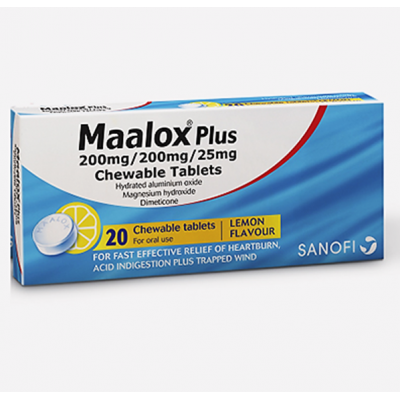

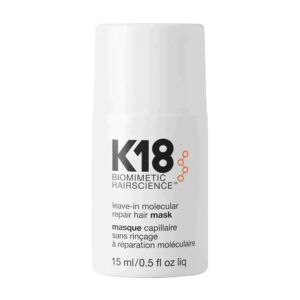

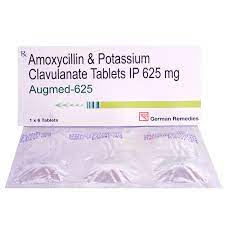



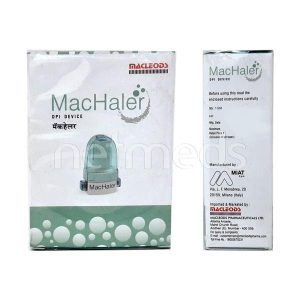

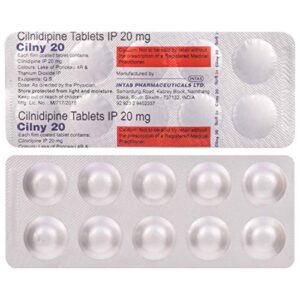
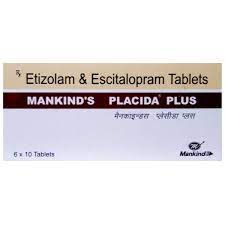
 No products in the cart.
No products in the cart. 
Reviews
There are no reviews yet.